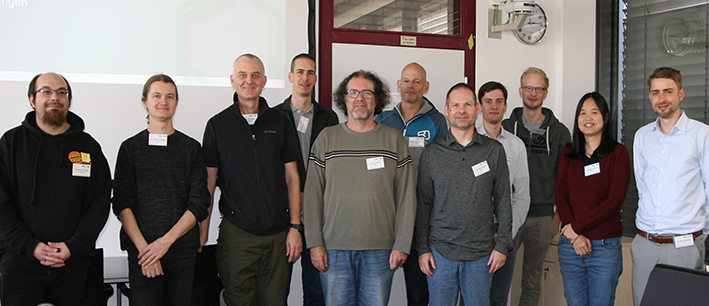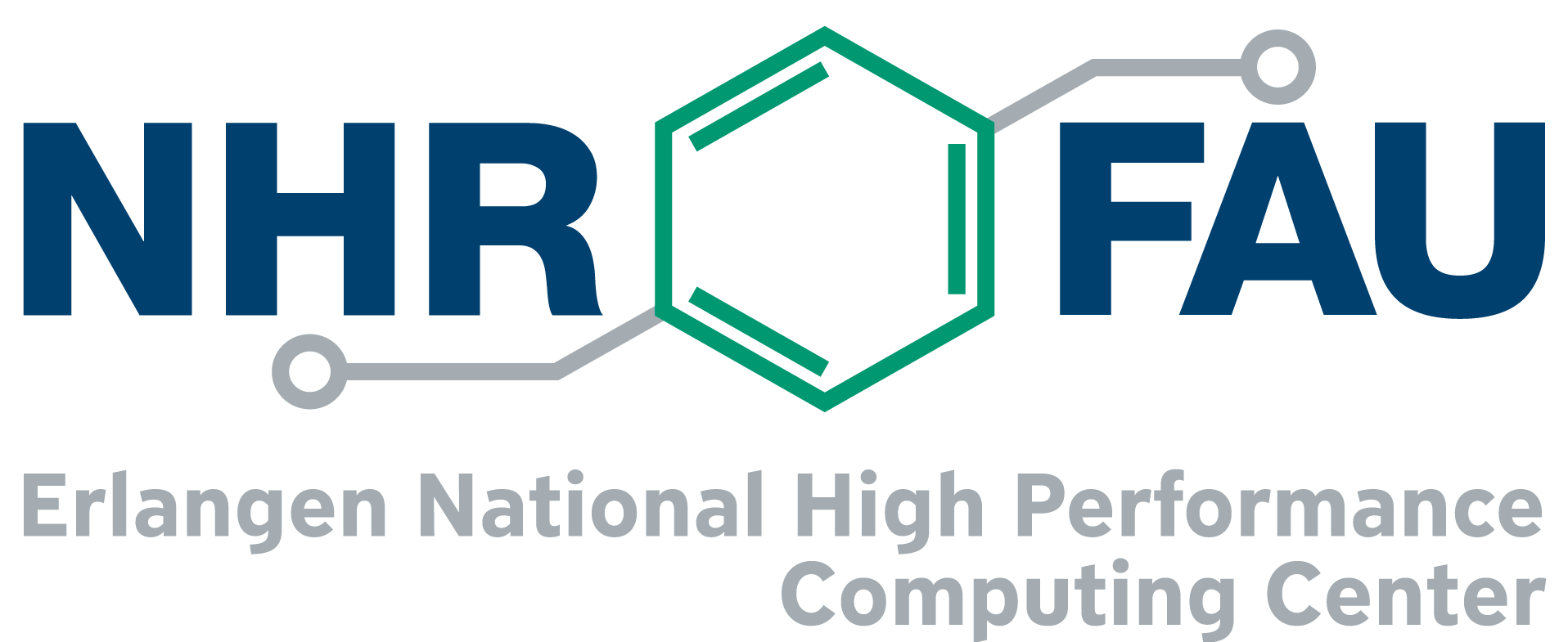BMBF project for energy optimization of data centers started
From October 27 to 28, the kickoff meeting for the “GreenHPC” project “Open Source Solution Approaches for Monitoring and System Settings for Energy-Optimized Data Centers (EE-HPC),” which is funded by the BMBF for three years, took place in Erlangen.
The collaborative project, which is coordinated by FAU, includes RWTH Aachen University, HLRS Stuttgart, and the German Climate Computing Center (DKRZ) as additional scientific partners and Hewlett-Packard GmbH as an industrial partner. Intel Germany GmbH is an associated partner. A representative of the project management agency VDI/VDE was also present at the meeting.
The goal of the project is the automated optimization of the energy efficiency of HPC systems. By means of job-specific control and optimization of the hardware configuration and the runtime environments (OpenMP and MPI), HPC systems are to achieve more efficient energy utilization by means of reduced power consumption while simultaneously maximizing throughput. The starting point is a system-wide job-specific framework for performance and energy monitoring. The existing ClusterCockpit environment will be adapted and extended. The LIKWID library is used to collect hardware metrics and implement the hardware configuration. Analytical modeling, machine learning, and empirical methods will be combined to determine the parameters.
The overall solution for energy optimization will have a flexible design to allow broad use for a wide variety of applications and will be tested and validated on the production systems of all project partners. At DKRZ, the environment will be used as an example to test various climate research applications on different HPC architectures and to determine the most energy-efficient solution.

At the first meeting in Erlangen, the foundation for the work of the coming months was laid: For example, the first step is to test and evaluate how the ClusterCockpit and GEOPM performance and energy monitoring frameworks can be connected; the main focus here is on integrating the ClusterCockpit node agent with the GEOPM infrastructure. At the same time, the extension of the ClusterCockpit structures and web views will be started in order to better cover and expose the energy aspect.

Dr. Jan Eitzinger
Erlangen National High Performance Computing Center
Software & Tools
- Phone number: +49 9131 85-28911
- Email: jan.eitzinger@fau.de

